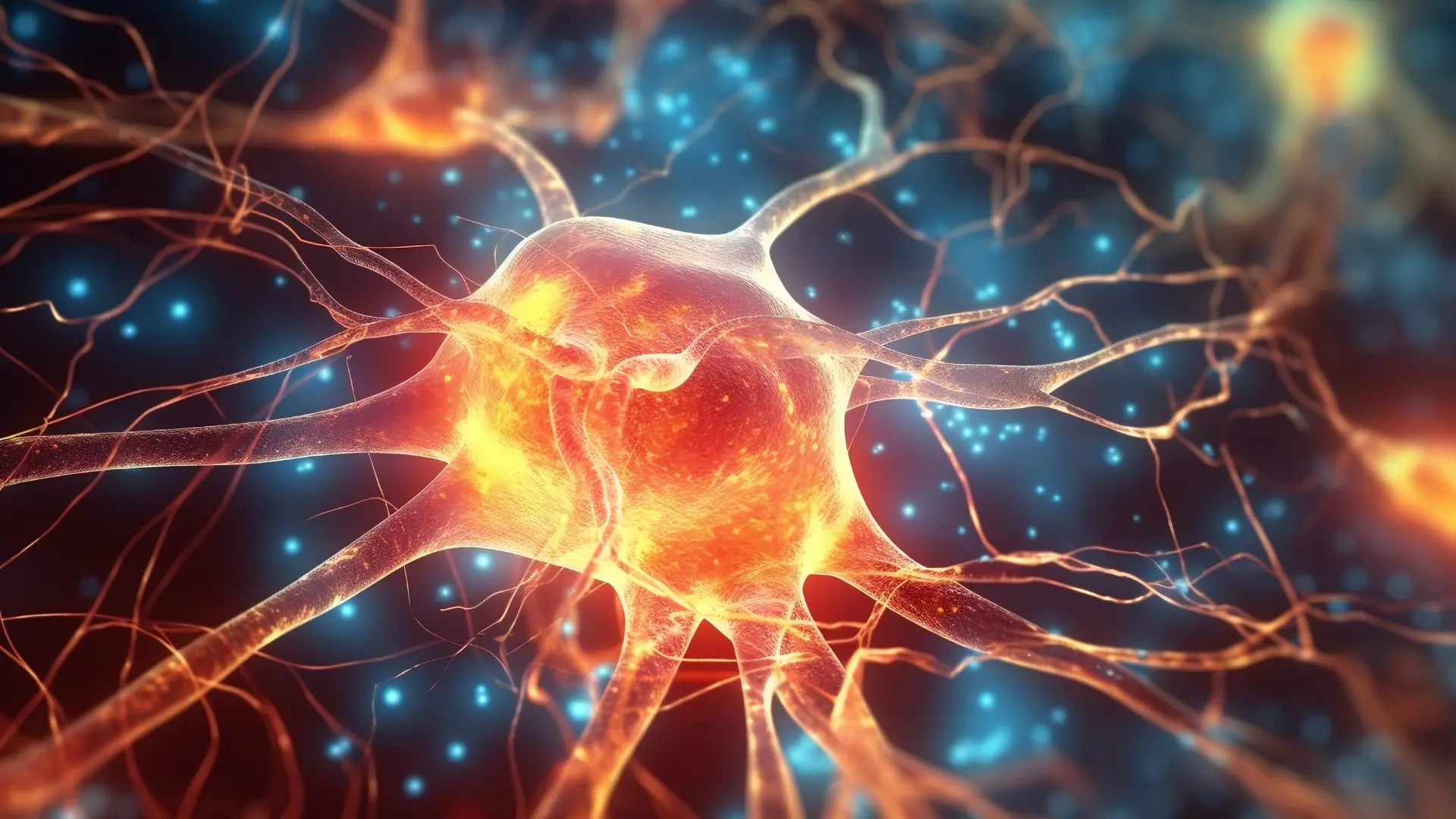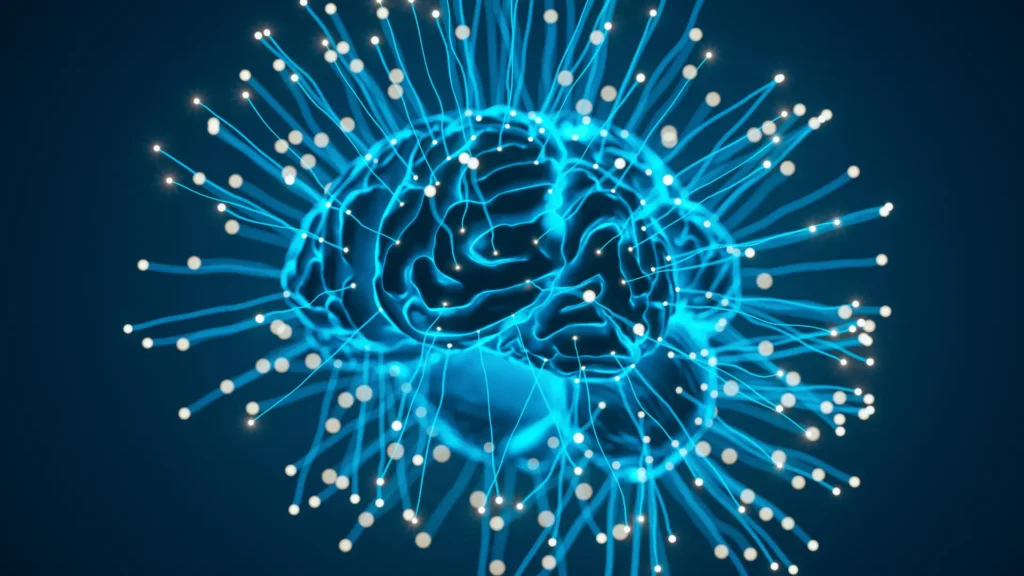Neuro-Linguistic Programming (NLP) is a toolkit of practical techniques designed to deconstruct and influence human subjective experience. These techniques, often referred to as “mind hacks,” provide a systematic approach to understanding and changing the patterns of thought, emotion, and behavior that create your reality. This guide provides an overview of the most fundamental and effective techniques in the NLP arsenal.
The Basics: NLP Presuppositions and Rapport
Before applying any specific technique, it is essential to understand the foundational principles that guide the entire NLP model. The NLP Presuppositions are a set of beliefs or axioms that practitioners adopt to make the work effective. These include ideas like “The map is not the territory” (our perception of reality is not reality itself) and “There is no failure, only feedback.” On an interpersonal level, the foundation of all effective communication in NLP is Rapport—a state of deep connection and trust with another person, often established through the subtle, non-verbal techniques of Mirroring and matching their physiology and language.
Techniques for Mind Control and Behavior Change
These techniques are designed to give you conscious control over your own emotional states and automatic behaviors.
Anchoring: Mental State Control
Anchoring is the process of creating a neurological stimulus-response link between a trigger and a specific mental state. It is a form of intentional classical conditioning. The process involves eliciting a desired state (e.g., profound confidence), and at the peak of the experience, applying a unique anchor—such as pressing your thumb and forefinger together. After repetition, this connection is solidified, allowing you to “fire” the anchor later to instantly re-access that state of confidence when needed.
The Swish Pattern: Reprogramming Habits
The Swish Pattern is a visualization technique used to change unwanted habits or responses. It works by linking the trigger for a bad habit (or the habit per se) to the desired self-image of someone who has already overcome it. The adept first visualizes the trigger fading away, then rapidly and forcefully “swishes” that image to a large, bright, compelling image of their desired self. By repeating this process with speed and intensity, the brain’s neurological response to the original trigger is re-routed to the new behavioral or emotional pattern.
Submodalities: Editing Your Subjective Experience
Submodalities are the fine-grained sensory qualities that make up your internal thoughts and memories—the brightness, size, and distance of a mental picture; the volume and tonality of an internal voice. NLP posits that changing these “building blocks” of a thought changes its emotional impact. For example, you can diminish the power of a negative memory by making the mental image of it smaller, darker, and farther away, and turning down the volume of any associated sounds.
Techniques for Goal Achievement and Integration
These techniques provide a structure for defining what you want and ensuring that the changes you make are lasting.
The Well-Formed Outcome: Setting Compelling Goals
The Well-Formed Outcome model is the NLP framework for setting goals. It is more comprehensive than traditional goal-setting methods (like the SMART method, for instance). It ensures a goal is stated in positive terms, is initiated and controlled by you, has a clear evidence procedure for success, and is checked for its “ecology”—the potential impact on other areas of your life. This process creates a goal that is clear, achievable, and deeply compelling to your unconscious mind.
Future Pacing: Mental Rehearsal of Future Outcomes
Future Pacing is a form of mental rehearsal used to integrate a new skill or behavior into your future. After making a change (e.g., installing a confidence anchor), the adept guides themselves or a client to mentally step into a future situation where that new resource would be needed. They vividly imagine responding to that future event with the new, desired behavior. This process builds the neural pathway to ensure the new skill will be available automatically and unconsciously when the situation actually arises.
Linguistic Models for Influence and Clarity
A significant portion of NLP is dedicated to the precise use of language to influence consciousness.
The Meta-Model: Precision and Understanding
The Meta-Model is a linguistic toolkit of specific questions designed to clarify communication and challenge limiting beliefs. It works by recovering the information that is lost through common linguistic processes like deletion, generalization, and distortion. By asking questions like, “Who, specifically?” or “What, exactly, stops you?” you can help another person move from a vague, problem-saturated description to a clear understanding of their own mental map.
The Milton Model: The Use of Vague Language
The inverse of the Meta-Model, the Milton Model uses artfully vague and indirect language to match a person’s experience and communicate directly with the unconscious mind. Based on the work of hypnotherapist Milton H. Erickson, these language patterns bypass conscious resistance and allow for powerful, indirect suggestion.
The Process: Modeling Excellence
The original and most fundamental process in NLP is Modeling. It is the technique of deconstructing the conscious and unconscious strategies used by experts or “geniuses” in any field to make their skills transferable. By identifying the specific sequence of beliefs, physiology, and mental steps an expert takes to achieve a result, NLP provides a framework for replicating that excellence in oneself. This process is the foundation upon which the entire field of Neuro-Linguistic Programming was built.



